
Transforming Raw Data into AI-Ready Intelligence
Artificial Intelligence is only as smart as the data it learns from. That’s where high-quality data annotation services become essential. At Akademos, we are a leading data annotation company, helping businesses across industries structure, label, and enhance raw data for AI and ML applications.
Our data annotation specialists ensure that AI models are trained with accuracy and precision using advanced data annotation tools. With a dedicated team of 100+ expert annotators, we provide scalable data annotation outsourcing solutions, supporting industries like finance, retail, healthcare, and more.
Looking for the best data annotation companies in the USA?
Why Data Annotation Matters
- Boosts AI Model Accuracy – Well-labeled data enhances pattern recognition, predictive analytics, and automation.
- Reduces Model Bias – Balanced datasets minimize AI bias, improving fairness in decision-making.
- Optimizes AI Training – Structured, high-quality data annotation services allow AI to learn faster and perform better in real-world applications.
As a top data annotation company, Akademos helps businesses accelerate AI adoption with customized data annotation solutions tailored to industry-specific needs.
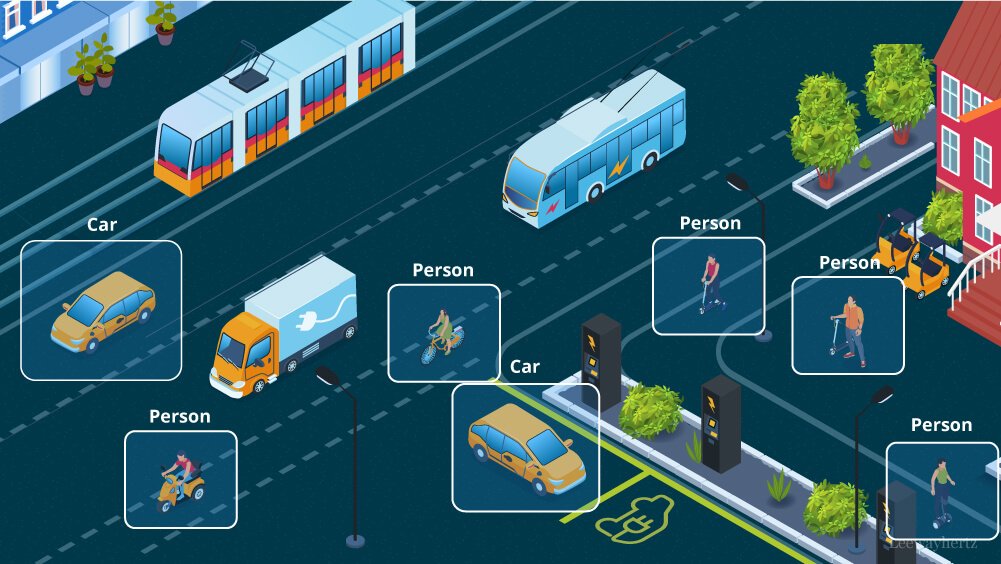
Comprehensive Data Annotation Solutions
At Akademos, we offer end-to-end data annotation services designed for AI development and machine learning models.

Image Annotation
- Object recognition for computer vision
- Bounding boxes, polygons, and semantic segmentation
- Medical imaging annotation for AI-driven diagnostics
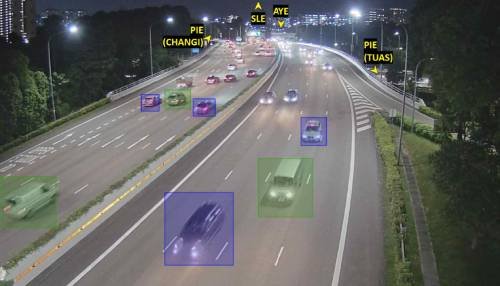
Video Annotation
- Frame-by-frame labeling for object tracking
- Autonomous vehicle training for self-driving AI
- Security and surveillance AI enhancement
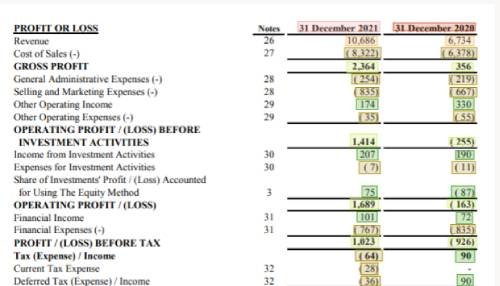
Text Annotation
- Sentiment analysis for social media, finance, and market research
- Named entity recognition (NER) for AI chatbots and search engines
- Document classification for legal and financial automation
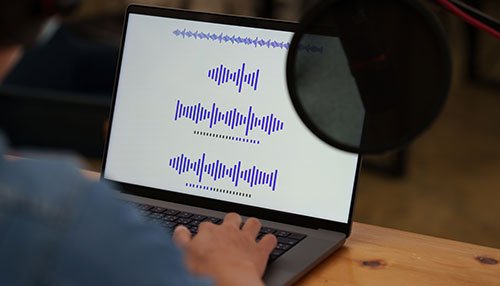
Audio Annotation
- Speech recognition AI training (e.g., voice assistants, transcription AI)
- Speaker diarization (identifying multiple speakers in conversations)
- Sound event labeling for environmental and automotive AI
As a leading annotation company, Akademos ensures multi-layer quality assurance to guarantee high precision and reliability for AI training data.
Industries We Serve
We cater to diverse industries where AI and ML applications are shaping the future.

Finance
- Fraud detection and risk analysis using AI-powered transaction monitoring
- Automating loan processing, underwriting, and financial document digitization
- Sentiment analysis to track market trends and investor behavior

Retail
- AI-driven product recommendation engines for e-commerce and retail stores
- Consumer behavior tracking to optimize marketing and sales strategies
- Sentiment analysis for brand perception and customer feedback monitoring

Healthcare
- Medical image labeling for AI-assisted diagnostics and early disease detection
- Structuring electronic health records (EHR) for predictive healthcare analytics
- AI-powered chatbots for patient engagement and virtual health assistance

Manufacturing
- Defect Detection – AI-powered quality control in production lines
- Predictive Maintenance – AI forecasting to reduce downtime
- Supply Chain Optimization – AI-driven logistics & inventory tracking

Security & Surveillance
- Facial Recognition AI – Enhancing law enforcement & public security
- Real-Time Video Monitoring – AI-powered threat detection & anomaly prediction
- Cyber Threat Detection – AI-driven risk assessment and fraud detection

Sports & Performance Analytics
- Player Tracking AI – Performance analytics for game strategy optimization
- Fan Engagement AI – Personalized recommendations in sports apps
- Biomechanics Analysis – AI-driven injury prevention & rehabilitation
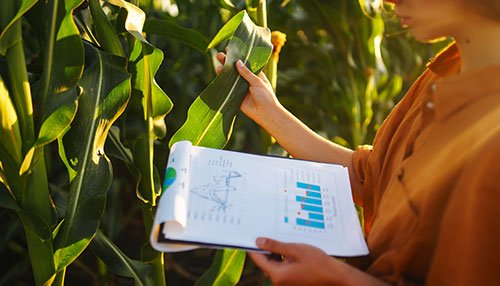
Agriculture
- Crop Health Monitoring – AI-assisted satellite & drone image annotation
- Precision Farming AI – Data-driven irrigation & yield prediction
- Weather Impact Analysis – Predicting climate change effects on farming
We also provide data collection services in the USA, helping industries leverage AI-powered insights.
Why Choose Akademos?
- Scalability & Speed – 100+ skilled annotators managing large AI datasets efficiently
- Accuracy & Precision – Multi-layer quality checks for error-free labeled datasets
- Custom AI Solutions – Tailored workflows for specific annotation needs
- Data Security & Compliance – Ensuring confidentiality and regulatory adherence
- Flexible Engagement Models – On-demand, full-time, or project-based annotation services
Looking for the top data annotation companies? Partner with Akademos to transform raw data into AI-ready intelligence

Explore More
Discover our specialized annotation services:
Image Annotation | Video Annotation | Text Annotation | Audio Annotation
Let’s Talk! Contact us today and let’s power AI innovation together.
